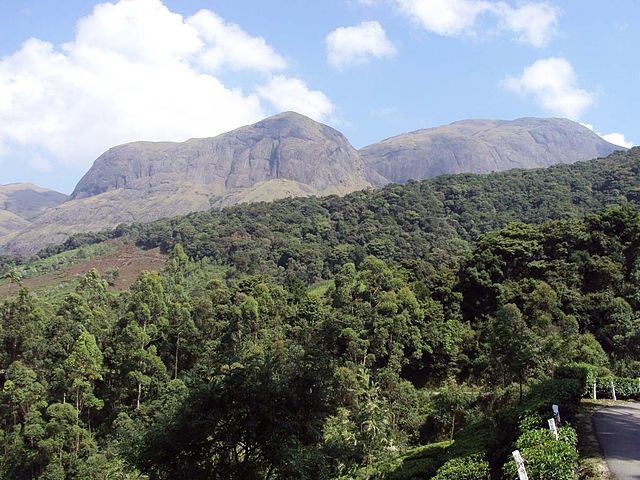Why are Western Ghats Mountains So Prominent?
Exploring Western Ghats' Rich Flora and Fauna
The Western Ghats, often referred to as the Sahyadri Mountains, is a stunning and prominent mountain range that runs parallel to the western coast of India. These mountains are not only renowned for their picturesque beauty but also hold great ecological significance. In this blog post, we will delve into the reasons why the Western Ghats are so prominent
 1. Biodiversity Hotspot
1. Biodiversity Hotspot
One of the most prominent features of the Western Ghats is its incredible biodiversity. These mountains are recognized as one of the world’s biodiversity hotspots, hosting an astounding variety of flora and fauna. The lush, dense forests and unique ecosystems found here are unlike any other in the world. The Western Ghats’ ecological importance cannot be overstated, making them a prominent region for conservation efforts.
2. Unique Geographical Features
The Western Ghats owe their prominence to their unique geographical features. They stretch over 1,600 kilometers (990 miles) along the western edge of India, covering an area of approximately 160,000 square kilometers (62,000 square miles). This vast expanse includes diverse landscapes such as dense forests, grasslands, wetlands, and high plateaus. The striking contrast between these terrains adds to the region’s prominence.
3. Breathtaking Natural Beauty
The Western Ghats are celebrated for their breathtaking natural beauty. Verdant hills, cascading waterfalls, and misty landscapes make this mountain range a prominent destination for nature enthusiasts and photographers. The mist-covered peaks and lush valleys are a sight to behold, drawing tourists from around the world.
4. Rich Cultural Heritage
Beyond their natural beauty, the Western Ghats are also known for their rich cultural heritage. Several indigenous communities have called these mountains home for centuries. Their traditions, rituals, and unique way of life add to the cultural prominence of the region. Many of these communities have a deep spiritual connection with the Western Ghats, further enhancing their significance.
5. UNESCO World Heritage Sites
The Western Ghats boast several UNESCO World Heritage Sites, including the Nilgiri Mountain Railway, Western Ghats Rainforest Complex, and others. These designations are a testament to their global importance and prominence. UNESCO recognizes the Western Ghats as an area of outstanding universal value, which has contributed significantly to their international recognition.
6. Water Resources
The Western Ghats serve as a crucial water source for a vast region. Numerous rivers originate in these mountains, including the Godavari, Krishna, and Kaveri rivers. The Western Ghats act as a natural watershed, contributing to the water supply of millions of people. Their role in providing freshwater is essential and highlights their prominence.
7. Climate Regulator
These mountains play a vital role in regulating the climate of the Indian subcontinent. They intercept the moisture-laden winds from the Arabian Sea, causing heavy rainfall on the windward side and creating a rain shadow effect on the leeward side. This phenomenon has a significant impact on the climate, making the Western Ghats an ecological and meteorological focal point.
8. Conservation Challenges
While the Western Ghats are undoubtedly prominent, they also face severe conservation challenges. Rapid urbanization, deforestation, and habitat destruction threaten the delicate balance of this ecosystem. Conservation efforts and sustainable practices are crucial to preserving and ecological importance
In conclusion, the Western Ghats Mountains are prominent for a myriad of reasons, including their biodiversity, geographical uniqueness, natural beauty, cultural heritage, and ecological significance. These mountains are a treasure trove of life, culture, and natural wonders, and their prominence on the global stage is well-deserved. However, their continued protection and conservation are essential to ensure they remain prominent for generations to come.




